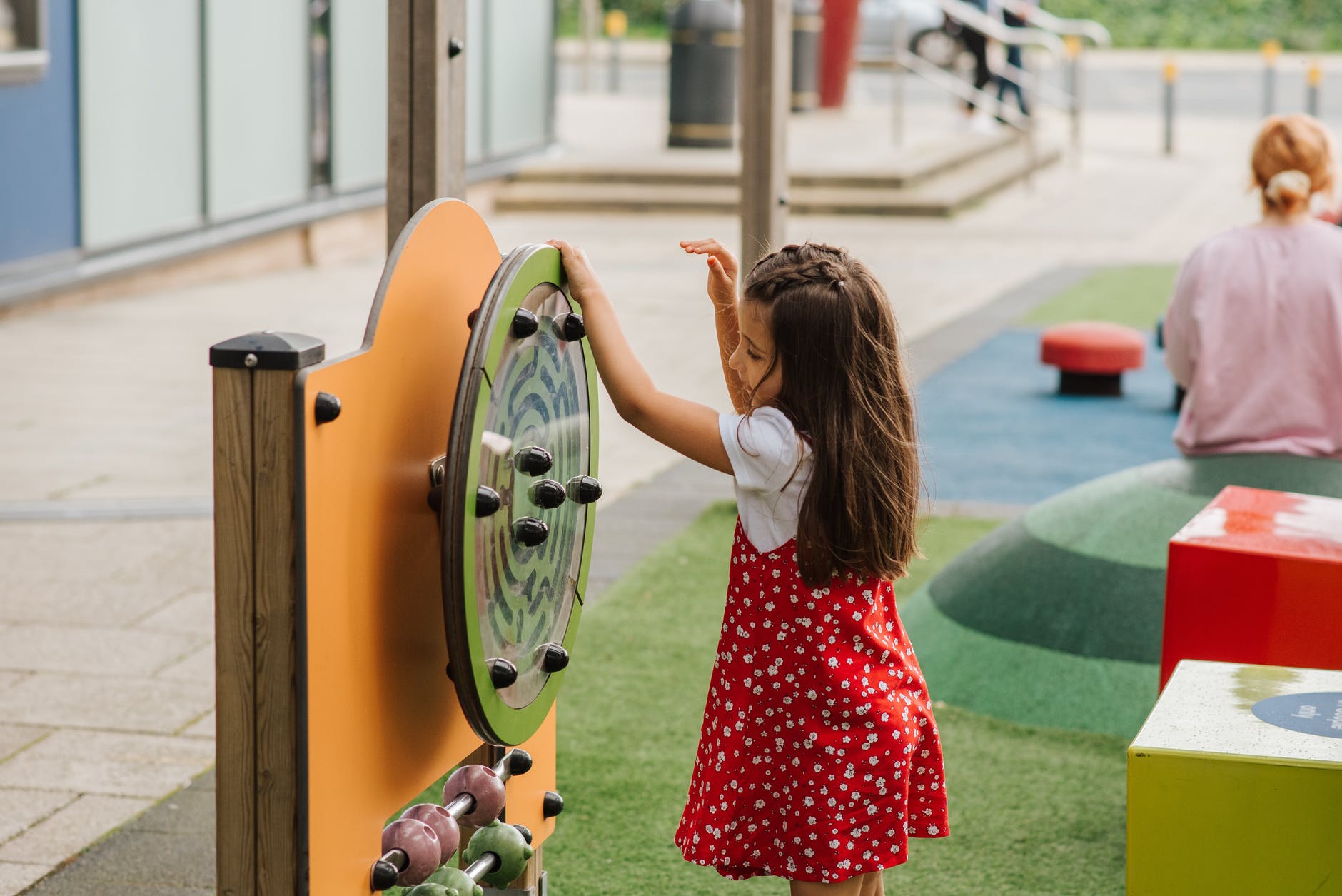Children love to play and there is a good reason to encourage this. Experts overemphasized the importance of playground to the normal development of children. Not only does it improve their physical fitness, but it also encourages them to problem solve and learn new skills, while having fun.
Of course, it can be difficult to get your child to the park when you have plenty of things to do yourself. The good news is that you don’t have to. If you have a little space at home then you can create them their own park.
Just follow these tips.
Plan The Floor First
The first step is to decide where the park is going to be and how big it is. Part of this will be selecting what items to include. You may just want to create a treehouse, or you may be looking at swings, see-saw, and even a roundabout.
It doesn’t matter what you choose, simply know what you want to add and then draw a rough plan. This will allow you to understand the space each piece of flooring needs and how much space you need in total.
Choose The Floor
The safest option for your child’s park is rubber playground flooring. This is surprisingly cost-effective and easy to lay. The supplier will talk you through any details. However, the essence is simply to shallow dig the area and compact some sand into it before laying the rubber flooring on top.
It is robust and will cushion any fall. It also looks pretty good.
Playground surfacing is crucial for ensuring the safety of children during playtime, providing a cushioned surface that helps prevent injuries from falls. The best playground surfacing options are designed to absorb impact effectively, reducing the risk of serious harm. From rubber mulch to synthetic turf, these surfaces offer durability, accessibility, and peace of mind for parents and caregivers, making them the top choice for creating a safe and enjoyable play environment.
At this point, you’ll have a good play area but it will be empty.
Add The Park items
You can now start adding individual items, such as the swings, slide, or the all-in-one playpark that you’ve picked up at your local store. Some items will be heavy enough to sit there by themselves, others will need fastening into position.
Simply take a look at the manufacturer’s guidelines to discover what you should do.
Don’t forget to consider falls. If you look at the item you’ll be able to establish where a child is most likely to fall and make sure the rubber flooring is beneath them. Of course, normally the flooring will be larger than all the play items and space they need for falling.
Remember Age Matters!
A rubber playground flooring will last for years. That means you need to consider whether the play items will remain suitable or not. It’s worth sparing a few moments to think about the current age of your child and what they are likely to want in the next 5-10 years. This will help to ensure you plan the space properly and don’t need to extend it in the future.
Kit Or DIY
If you’re an expert DIYer then building your own structures is a good option as you can tailor them to your child’s needs. But, if your skills need honing you may find it is best to go with a playground kit. You’ll have all the parts and instructions. But, most importantly, you’ll know the equipment is designed to let your child have fun while keeping them safe.

